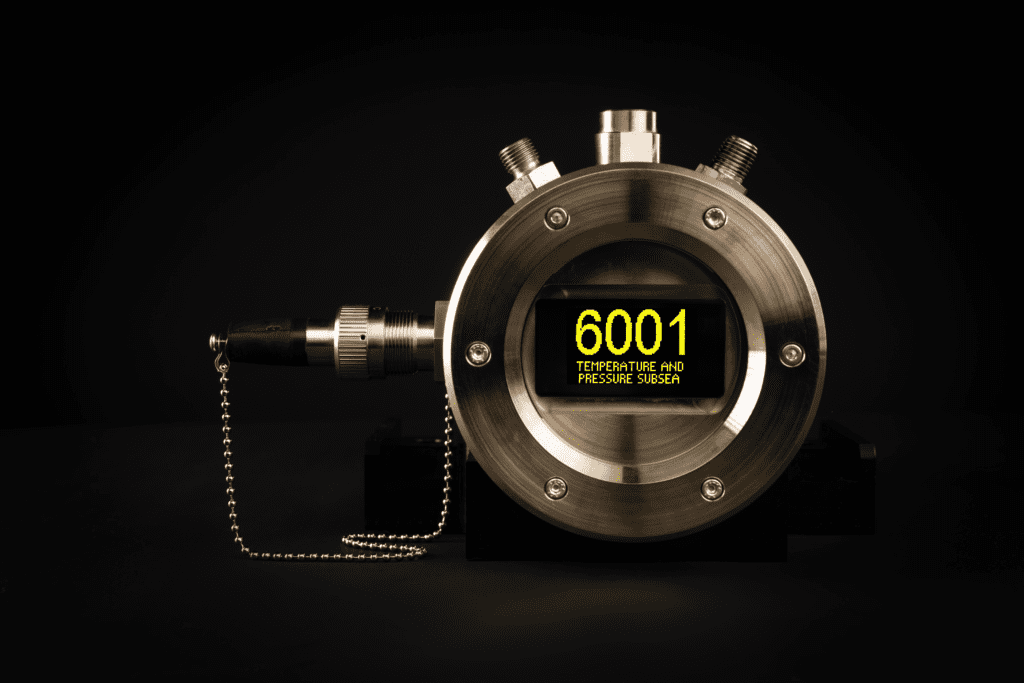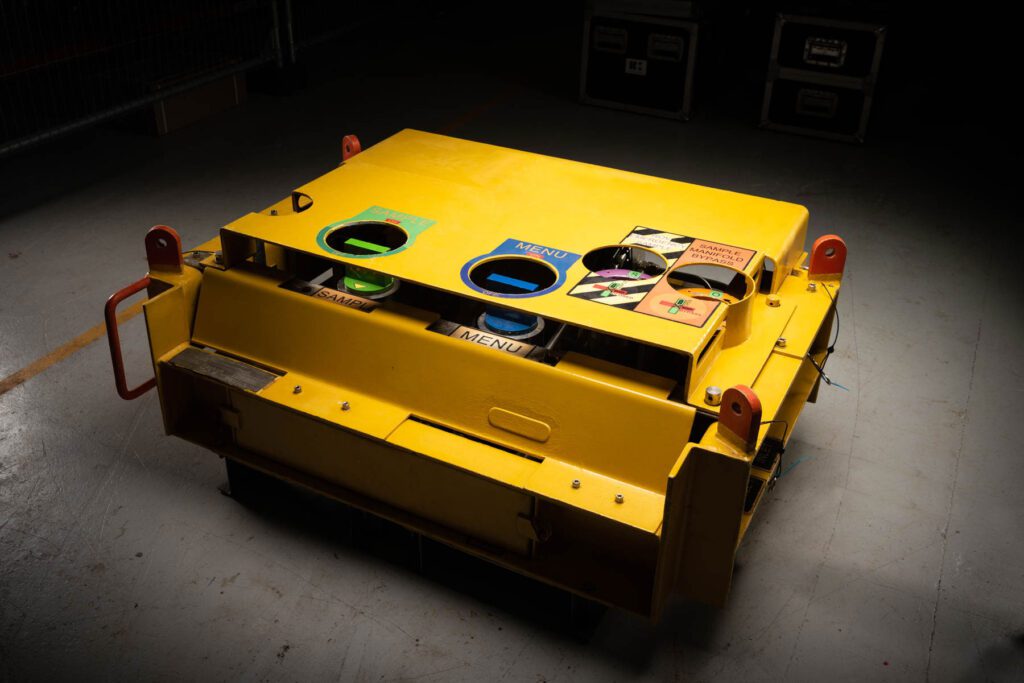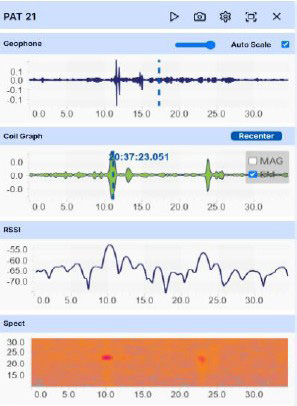Staying on schedule and within budget is crucial during pipeline pre-commissioning, as any delays can significantly increase the already high costs of vessel and equipment hire and personnel. Each stage of the pre-commissioning process must be executed efficiently. IK Trax’s cutting-edge data logging and testing equipment offers our customers assurance by recording and transmitting crucial data at every stage. This real-time monitoring allows support vessels to be utilised for other tasks, resulting in substantial cost savings.
Here are our four key strategies to ensure confidence throughout pipeline pre-commissioning.
Real-Time Pig Tracking
During the flooding and cleaning of a newly laid pipeline, it is vital that the chosen pig train can travel continuously through the pipeline and into the receiver. Pig Signallers placed at critical points and a suitable pig tracking and locating system ensure that you can quickly and confidently identify the pig’s location at each stage from launch to receipt or if the pig stalled in the pipeline.
Confirming a stationary pig’s location in the receiver is normally a routine operation but locating a pig stalled at an unknown location is more difficult and could have large cost implication. Therefore, an effective and advanced detection system, along with a clear strategy, is necessary to ensure speedy locating and recovery of the pig.

Gauge Plate Monitoring
A standard gauging pig will advise you of the presence of a pipeline intrusion. Often, this will need to be followed by a caliper pig run, an unscheduled and expensive operation, to determine the intrusion location. A more cost-effective solution is to run a gauging system with an electromagnetic transmitter. This system can monitor the condition of the gauge plate and transmit this information remotely. This data can be used to determine the approximate location of the defect without having to run a caliper.

Pressure and Temperature Monitoring
Subsea Data Loggers such as the 6001SD can monitor, display and record pressure and temperature data that can be viewed by an ROV or diver or communicated remotely. As the unit is continuously logging, the vessel or diver can use this time to perform other taks, providing more operational flexibility and resulting in work being completed on or ahead of schedule.
The unit can also examine the data received during a set period and display the time and date of the hydrotest pass. This information is readily available without needing to recover the unit, ensuring continuous monitoring efficiency.

Real-Time Dewatering Analysis
Verifying that a pipeline has been properly conditioned throughout its length can be time-consuming and costly since it is carried out so close to start-up. A system such as IK Trax’s MEG ARTS Analyser and Sampler measures the density of flowing MEG (or other chemicals) at the receipt end of the pipeline and displays and logs this data, providing a real-time account of the progress of the dewatering operation.
There may still be a requirement to provide samples for additional confirmation and/or to support the data obtained. Up to seven samples can be taken by ROV, and costs can be reduced further by taking automatic samples at pre-determined levels, eliminating the need for a vessel to transit to the receipt location.

In conclusion, effective pipeline pre-commissioning is essential to ensure the integrity and operation readiness of a new pipeline. By implementing these strategies, companies can achieve significant cost savings and operational efficiencies. These technologies not only enhance the accuracy and reliability of pre-commissioning activities but also enable better utilisation of resources, ultimately ensuring projects are completed on time and within budget.

